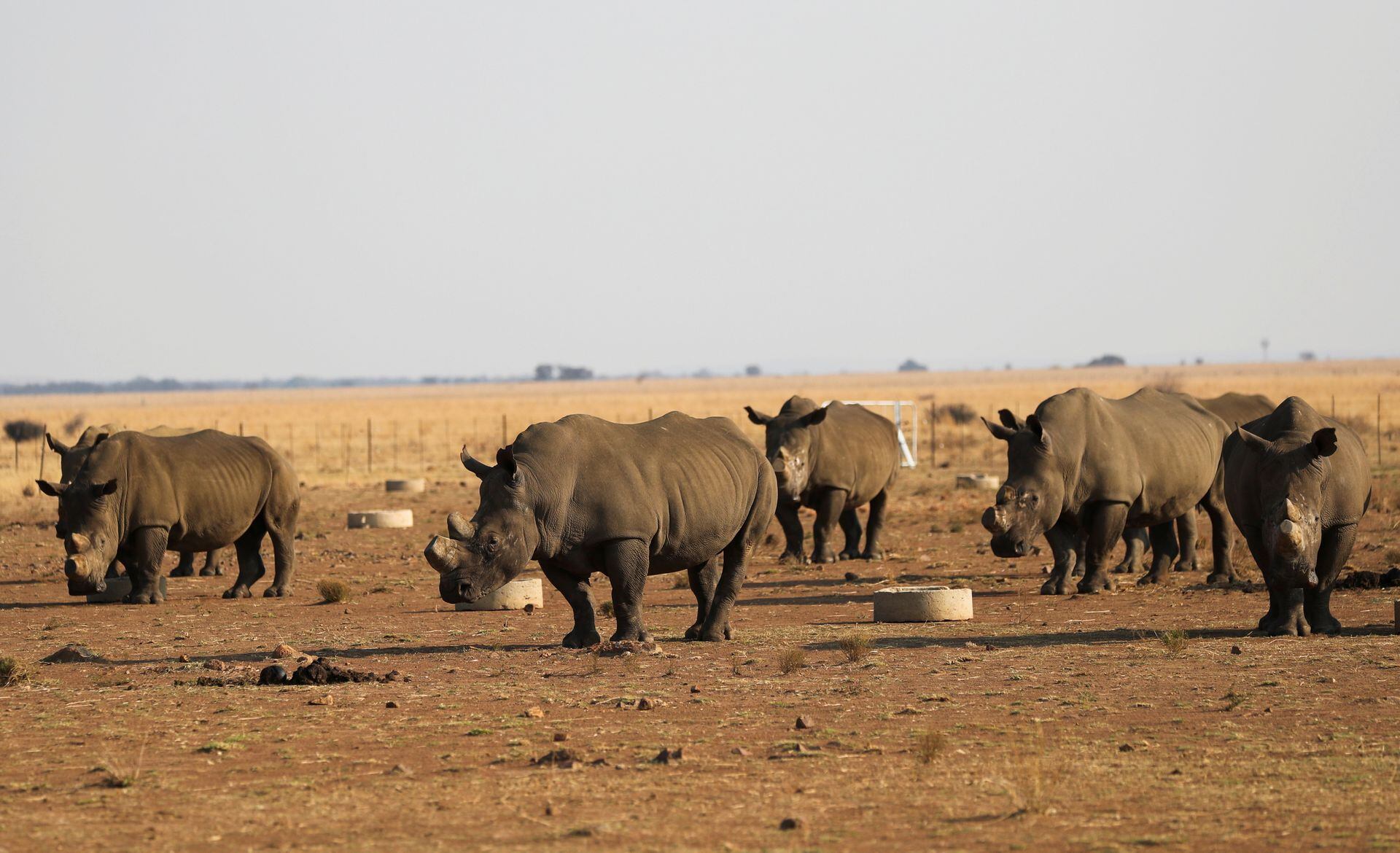
South African researchers test nuclear technology to fight rhino poaching
South African researchers have successfully inserted low doses of radioisotopes into 20 live rhinoceros for a six-month study to tackle poaching.
James Larkin, from South Africa’s University of the Witwatersrand Radiation and Health Physics Unit, says the small, measured quantities of radioisotopes can be picked up by radiation detection portal monitors at international borders, harbors, airports, and land-crossings.
“Ultimately, the aim is to try to devalue rhinoceros horn in the eyes of the end users, while at the same time making the horns easier to detect as they are being smuggled across borders.”
Starting on Monday, Larkin and a team of experts, carefully sedated the 20 rhinos and drilled a small hole into each of their horns to insert the non-toxic radioisotopes.
Now the researchers will closely monitor the health and vital statistics of the rhinos on a 24-hour basis for the next six months to determine the viability of this approach.
According to Larkin, the method causes no harm to the animals while tackling rhino poaching.
“Each insertion was closely monitored by expert veterinarians and extreme care was taken to prevent any harm to the animals. Over months of research and testing we have also ensured that the inserted radioisotopes hold no health or any other risk for the animals or those who care for them,” explained Larkin.
If the project is successful, it will be expanded to elephants, pangolins, and other fauna and flora. The research will see over 11,000 radiation detection portal monitors installed at airports, harbors, and entry points.
“Every 20 hours in South Africa, a rhino dies for its horn. These poached horns are then trafficked and used for traditional medicines, or status symbols. This has led to their horns being the most valuable false commodity in the black-market trade,” Larkin said.
Lynn Morris, deputy vice-chancellor of research and innovation at the University of the Witwatersrand, said they do the research in the hope to make some changes in the world.
“This is an example of how cross-disciplinary research and innovation makes a real difference. This novel approach … has the potential to eradicate the threat of extinction of our unique wild-life species, especially in South Africa and on the continent,” she said.
According to the researchers, the development and application of nuclear technology can help deter poaching, increase the detection capabilities of smuggled horns, increase prosecution success, reveal smuggling routes, and deter end-user markets.






